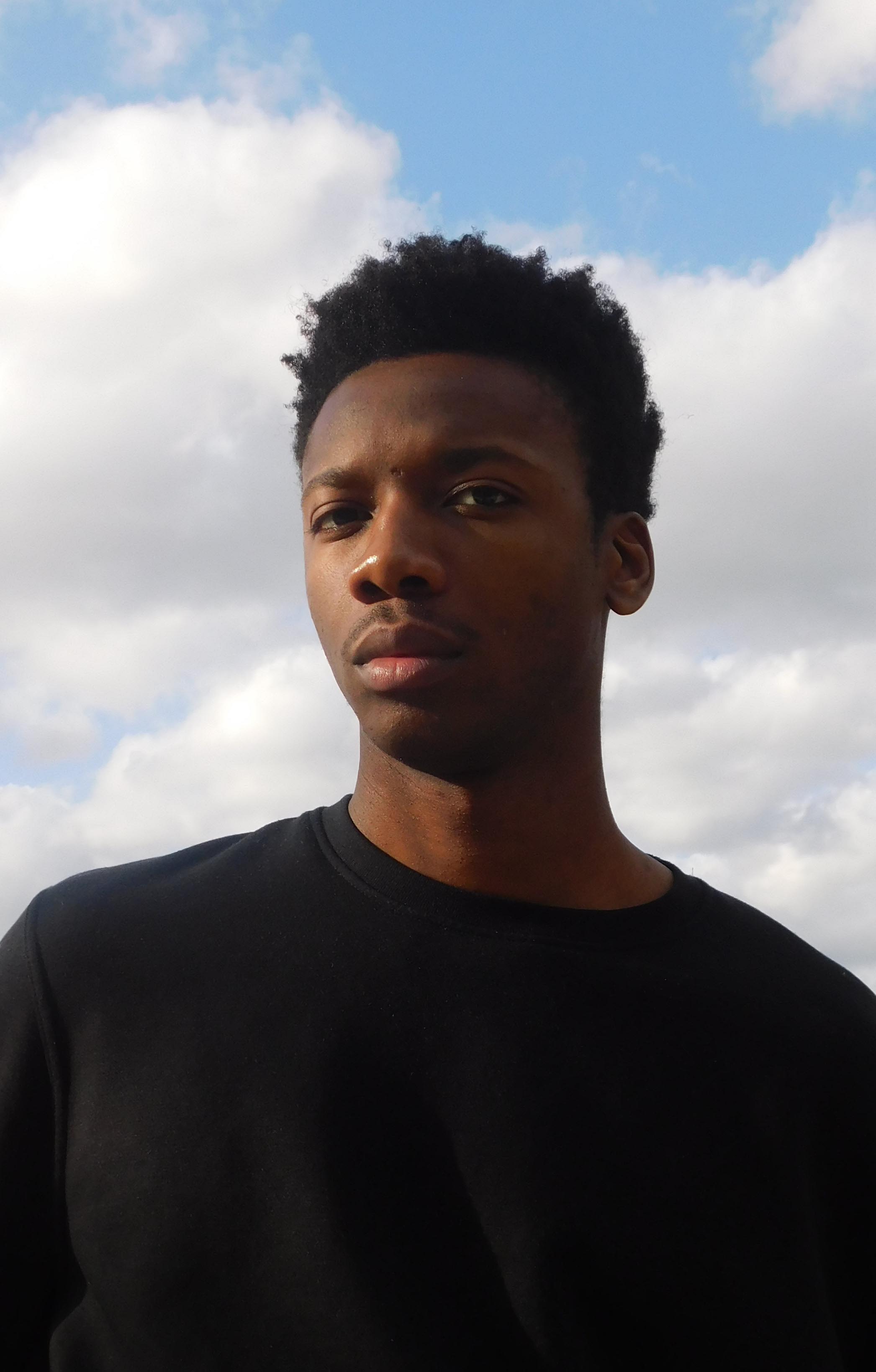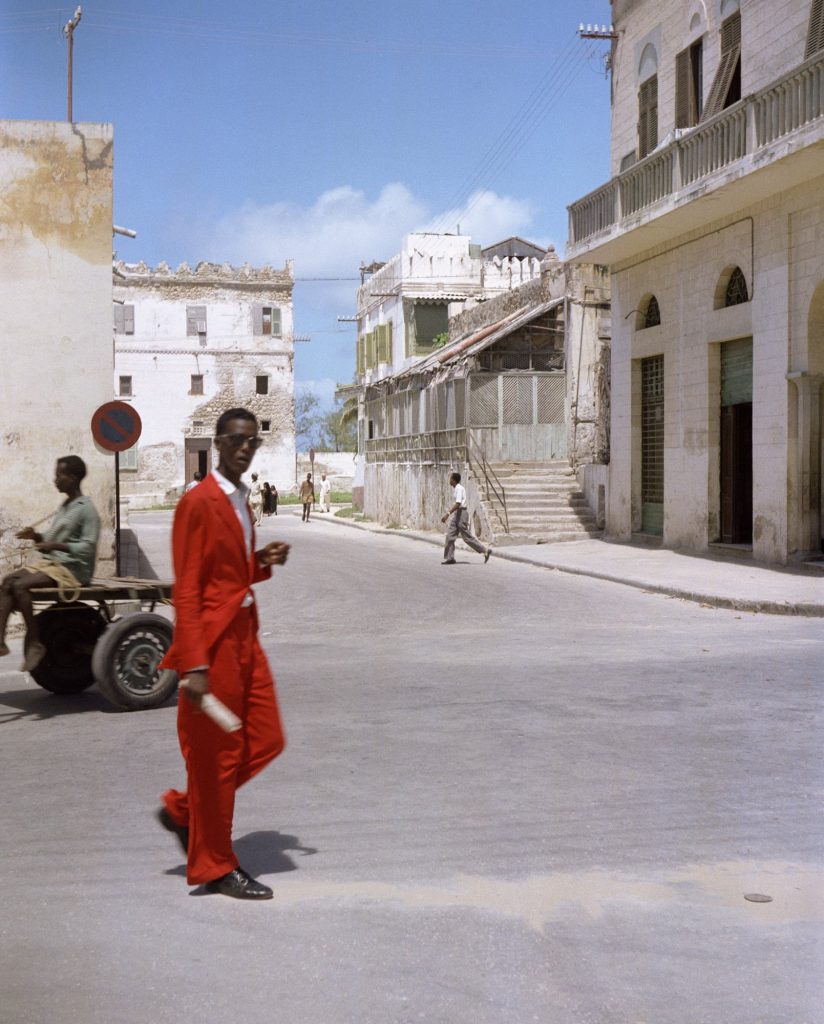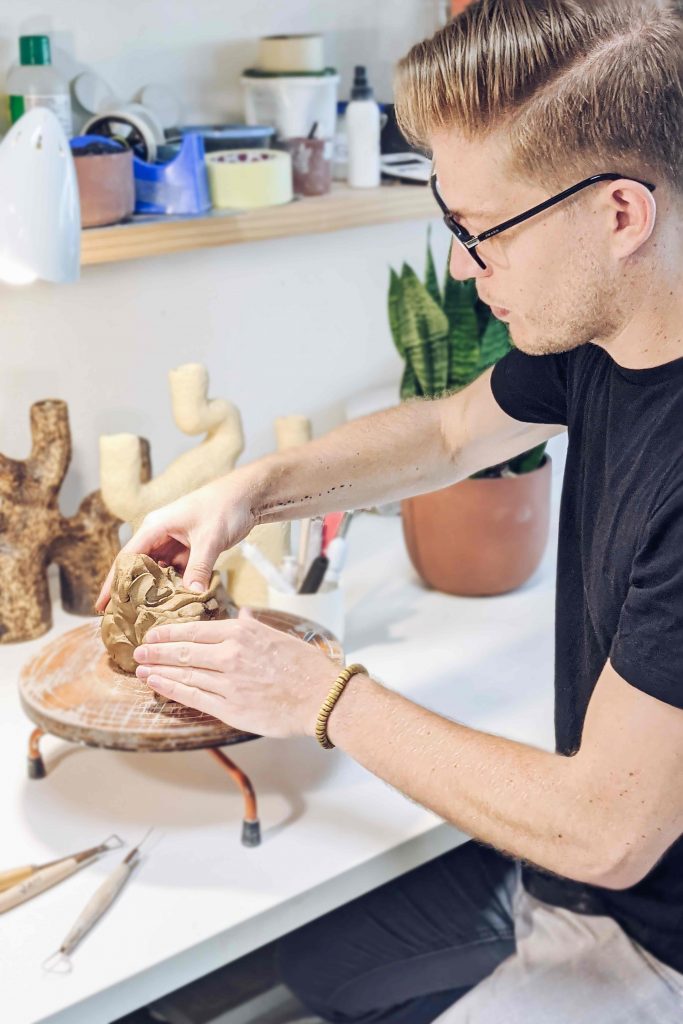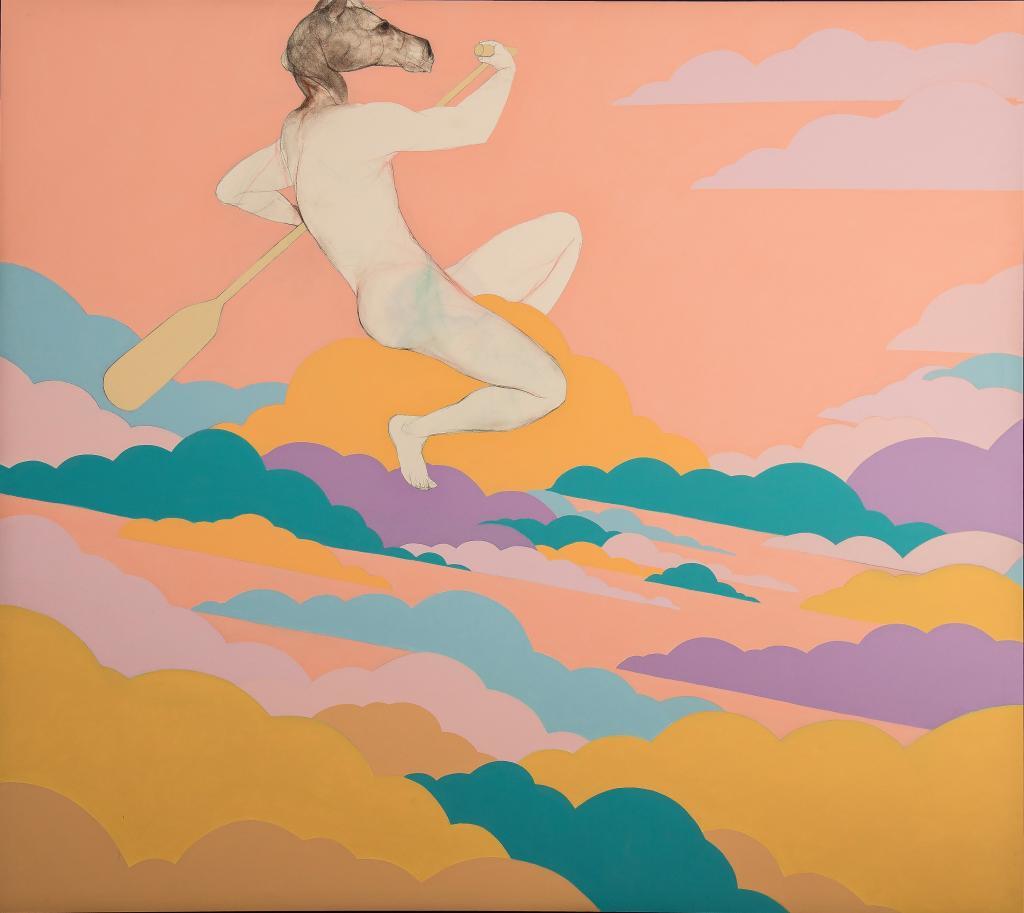TogoTopia – Interview with Alex Ayivi
Discussion with the French artist of Togolese descent Alex Ayivi in his studio near Paris.
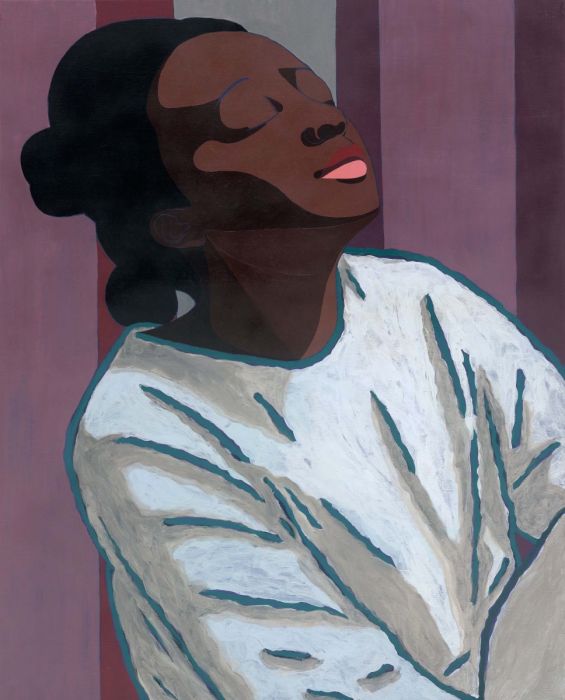
Alex Ayivi was born in 1993 in France from Togolese parents and grew up near Paris. He is a French contemporary visual artist. He graduated from the Beaux-Arts de Bourges and later from ENSAV La Cambre in Brussels, in 2018 in printmaking. In 2019, Ayivi benefited from the first residency of the Culture & Diversity Foundation in collaboration with the Cité Internationale des Arts in Paris, where he exhibited his famous project La MUA for a month.
He also exhibited at the Centre de la Gravure de la Louvière in Belgium. As a second-generation Togolese immigrant, his work explores Afrotopia, Pan-Africanism and family; subjects that are intertwined in an uninterrupted technical wandering. His work is multidisciplinary and borrows from drawing, silk-screening and painting. I met Alex Ayivi in his studio. This is the content of our discussion.
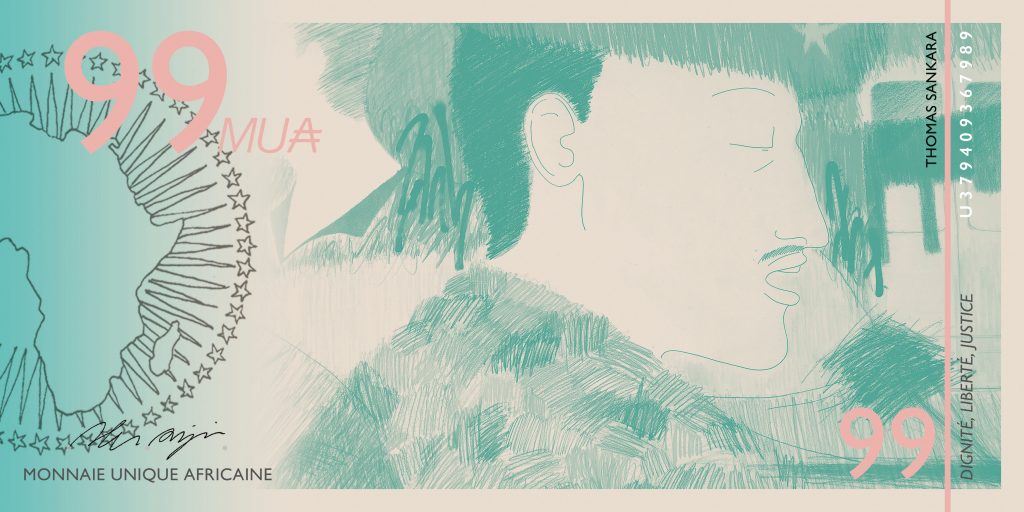
Please click here to find out more.
Louise Thurin (L.T): Thank you for accepting this interview in your workspace, Alex. You graduated from the Beaux-arts de Bourges and ENSAV La Cambre in engraving and printmaking. At the end of your studies, you produced a particularly promising and acclaimed first project, “60 years is too much”.
Alex Ayivi (A.A): Thank you. “60 Years is Too Much” was an anticipatory project based on the political crisis in Togo in 2017-1018. Following the dictatorial declarations of Faure Gnassingbé – in presidency since 2005 and “worthy” successor of his father Gnassingbé Eyadéma who ruled the country for 38 years – large-scale protests took place in Lomé with the slogan “50 years is too much”. The aim was to constitutionally prevent Faure from standing for a fourth consecutive presidential run in 2020. It was a familiar, daily, omnipresent subject. At home, we talked about politics all the time. I wanted to deal with the situation and contribute in my own way to this popular resistance movement.
The idea was to create the fictional character of a Togolese journalist and press illustrator called Kossi Sossou, who was killed in 2027 by the forces of law and order during yet another demonstration against the president – who would still be Faure Gnassingbé. I created his identity card, protest tools and a fictitious opposition party to which he was attached, the Ligue for Freedom. The party even had its own t-shirts.
The heart of the project are these silkscreens on cardboard. I attribute these works in this fiction to Kossi Sossou, who has them published in the major Togolese and French-speaking newspapers.
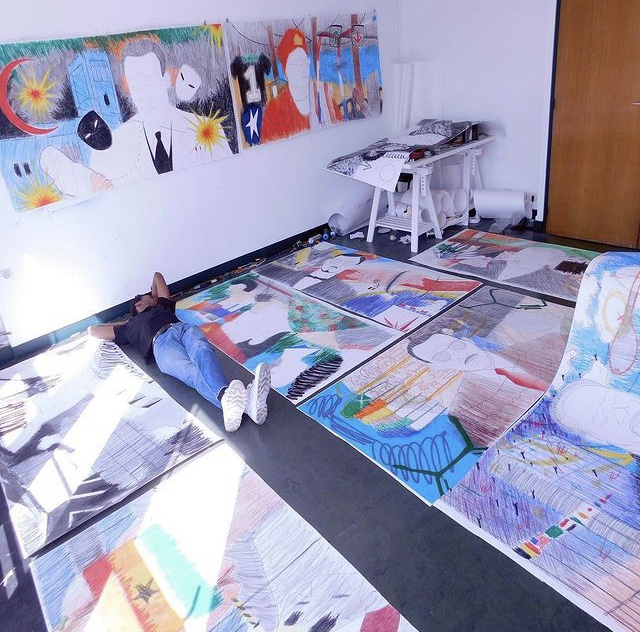
L.T: Why did you choose to create with cardboard?
A.A: It is a simple and beautiful medium. It reminds me of the roots, the resourcefulness, even the urgency – “Quick, I’ll take what I have!”of the signs of the demonstrations I saw organised in front of the Togo embassy in Paris. In Dialogue interrompu, we recognise Nana Akufo-Addo, the president of Ghana, Togo’s neighbour, by his small round glasses. On the left, of course, is Faure Gnassingbé with his youthful features. Back in 2017-2018 when Gnassingbé was scheming, Nana publicly and frontally opposed him. It is the image of a man I hope has integrity that I represented.
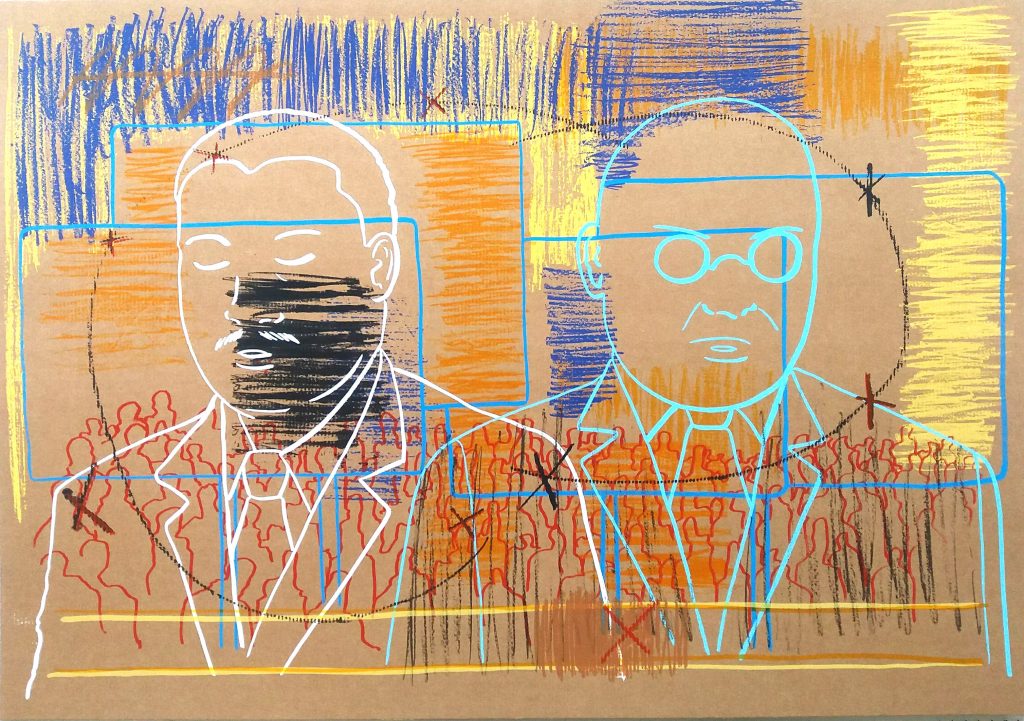
Please click here to find out more.
A.A: It’s a project that was made at a distance from its subject. I was inspired by the images broadcast in a loop on continuous news channels – hence these effects of superposition, of fragmentation. I was very inspired by the format of the plasma TV screen and if you look closely at this series, you see the scrolling banner motif appearing repeatedly.
L.T: Now that it’s said, some of the motifs remind me of the front pages of Jeune Afrique and the photomontages of election results…. Who are the people in the crowd behind the two men? Supporters plebisciting Gnassingbé? Or Togolese opponents who want to overthrow him?
A.A: It is not clear, but one can make out signs superimposed on them – which also act as a mise en abime of the medium.
L.T: Your characters are represented with closed eyes, blind – and mute: no words, no chanted signs. Only a kind of bubble, in which you do not write.
A.A: Yes, they are empty bubbles. As a nod to the comic strip, which I like very much, but I consider that a text would focus attention too easily. That’s all you might see.
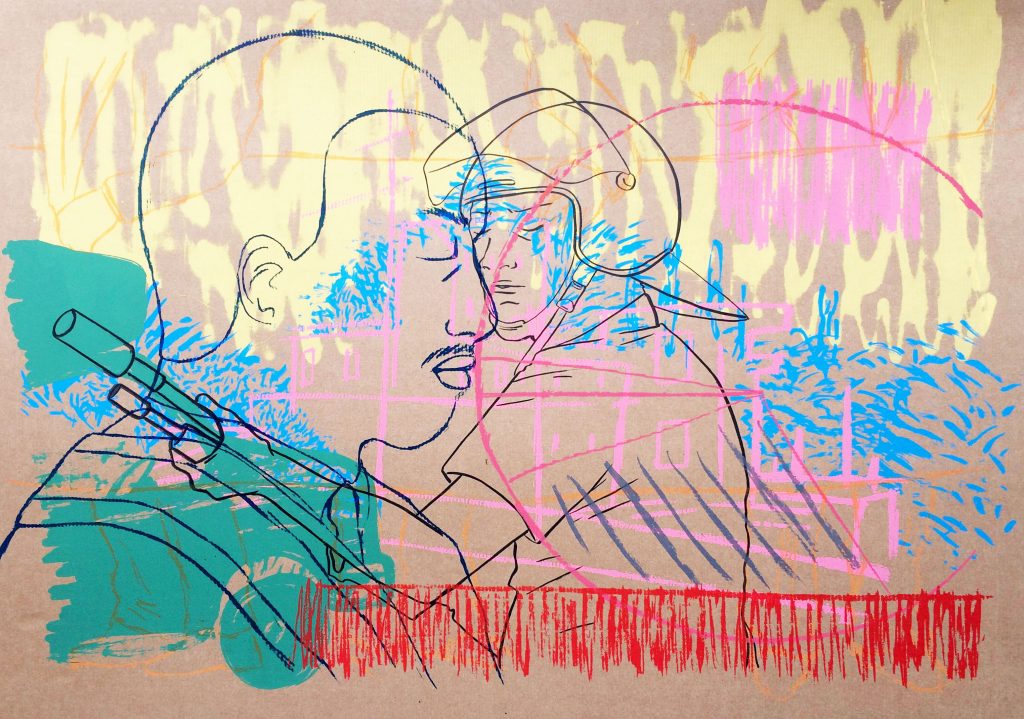
Cliquez pour en savoir plus
The work Crise – Crisis – depicts a street in Lomé on a day of protest. There is an armed soldier and a military van. Superimposed on the picture is a profile of President Faure, and at the bottom, a scrolling strip of news channels. On the right, there is a sort of bubble and a pie chart, which obviously evokes polling figures and election results. I like all these forms of visual dynamics which TV news are full of these days. There’s beauty, I think, in PowerPoint, screen splits, little logos in the top right-hand corner…
I am pessimistic about Togolese political developments. Elections are always held, well or not. The opposition never manages to stop this charade operated by the military to ensure the illegitimate president in place. Sadly, I feel that I have done this work of foresight: we are approaching “60 years is too long”. In the same way, the utopia of the Monnaie Unique Africaine (MUA) – African Single Currency – is likely to remain a utopia. There is a project for a common West African currency, but it is not happening.
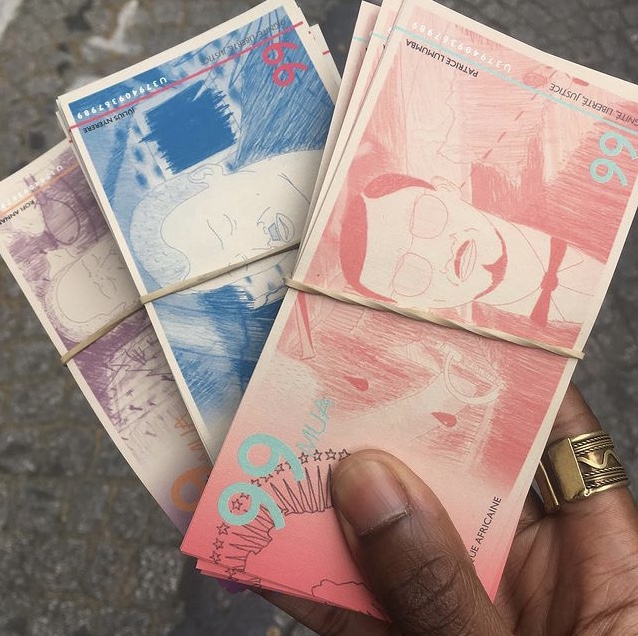
L.T: Tell us about this second project. In 2019, you were the laureate of the first residency of the Fondation Culture et Diversité in collaboration with the Cité internationale des Arts for which you propose the MUA.
A.A: The idea was to create a common pan-African currency that would replace the colonial currency of the CFA Franc. It is a project with a Francophone prism and it is not meant to be perfect. I have put together a non-exhaustive list of African political figures from the 20th century – some classics and some more atypical figures like Ellen Johnson Sirleaf of Liberia or Julius Nyerere of Tanzania. All are worth 99 MUA. In this monetary fiction, I did not want to rank the personalities on the currencies.
“Here, give me a cash ticket! – What do you want, 100, 200, 300? Some florins? What do you want?”
L.T: For the opening of the exhibition at the Cité internationale, you did a performance: a distribution of paper money that was quite successful, apparently. The scene reminds me both of mafiosi films and dystopian photographs of German hyperinflation.
I signed the money with a stamp. To dry the ink, we had to fan them. It was a banana republic atmosphere. They were so popular that I even had bundles of them stolen during the exhibition! [laughs] Thomas Sankara greenbacks are now collectors’ items.
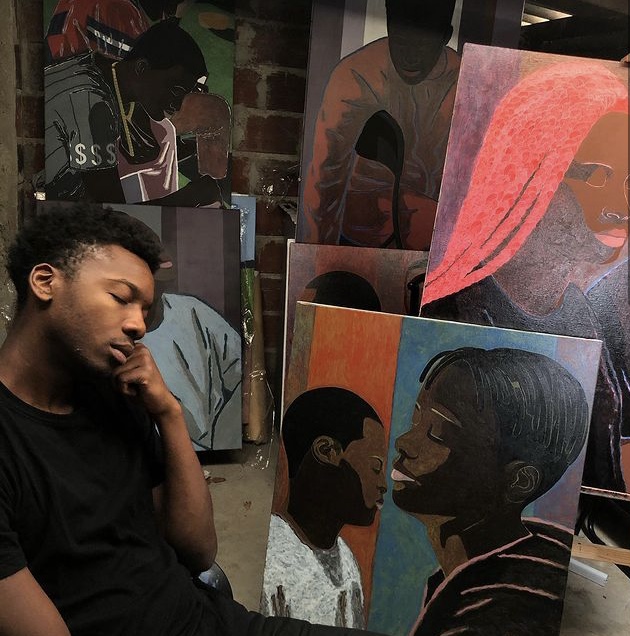
L.T: After the success of the MUA in 2019, you took a break from creating. Now you are back and there is a clear technical break in your work.
A.A: Yes, I went back to painting after years of silk-screening. I now concentrate on portraits in dark tones. I never spoke directly about my intimate self in my previous works. This is my cousin. Here, my little brother. Here is my sister – and behind her my little brother again. I often draw him, he’s a good model.
L.T: All your characters have closed eyes. In these paintings, they emanate a certain serenity, relaxation, breathing… They are young contemporary Afros who are resting from their daily life, giving themselves a moment of peace.
A.A: I’ve been using the closed-eye pattern for quite a long time. It just came about. For me, it’s an almost deathlike iconography. The porous ones of eternal sleep and daily rest. The figures I drew for the MUA already had closed eyes – and in fact, are dead.
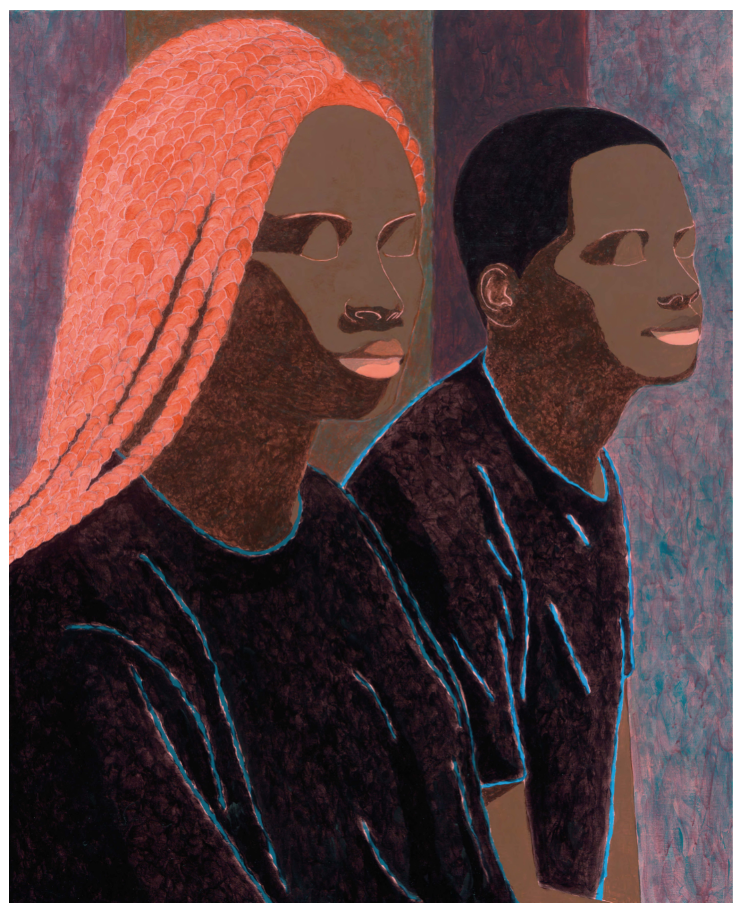
Cliquez pour en savoir plus
A.A: I see these family portraits as an album – an album of images that would allow the faces of the first family generation on French ground to be passed on to the next… These representations of people from the African diaspora resonate more generally with current societal issues, at a time of debates concerning “separatism”. What place do the children of the African diaspora have in French society today? What does it mean to be French in 2021?
L.T: The eternal question of identity and normalized belonging… Thank you, Alex, for taking the time for this interview. You have several projects in the pipeline that we look forward to seeing take shape. See you soon.

